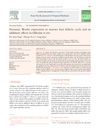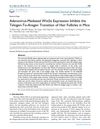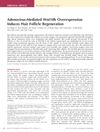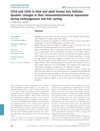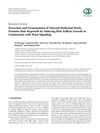Canonical and Non-Canonical Wnt Signaling Control the Regeneration of Amputated Rodent Vibrissae Follicles
January 2016
in “
Journal of Molecular Histology
”
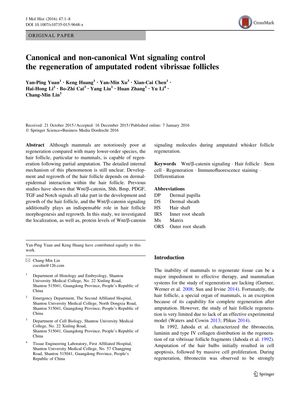
TLDR Both main and alternative Wnt signaling are important for regrowing rodent whisker follicles.
The study from 2016 explored the involvement of Wnt signaling pathways in the regeneration of amputated rodent vibrissae follicles. It discovered that the canonical Wnt/β-catenin pathway was active, with β-catenin and Wnt10b expression levels increasing during the regenerative process, while Wnt5a expression varied over time. The research also indicated that LEF1 and TCF3 transcription factors and the stem cell markers CK15 and CD34 had distinct expression patterns, with CK15 and CD34 peaking at day 26 post-amputation, and PCNA, a cell proliferation marker, peaking at day 15. These findings suggest that both canonical and non-canonical Wnt signaling are essential for hair follicle regeneration, with Wnt10b playing a significant role in bulb regeneration. The study did not specify the number of animals used but was supported by the National Science Foundation of China among other sources.
